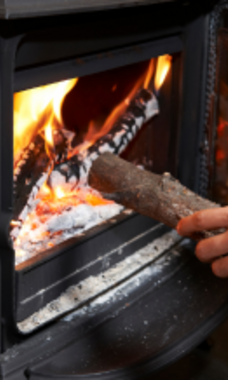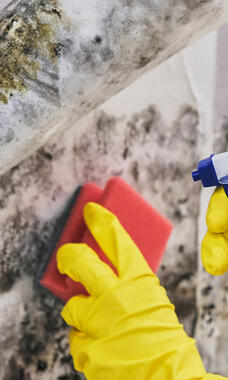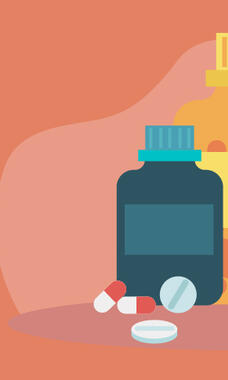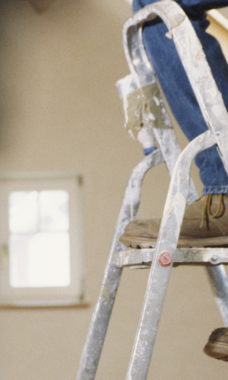Mold needs moisture to grow. Due to Vermont’s humid climate, mold is commonly found in homes.
Using Pesticides in Your Home Pests in and around our homes can be a nuisance. Pests include insects (for example, cockroaches, bed bugs, wasps, and garden bugs), rodents (for example, mice and rats), and weeds. The pesticides, or chemicals, we...
Safely storing and disposing of your prescription medications helps keep family, friends, kids and pets in your home safe from accidental or purposeful ingestion.
Smoking and radon are the leading causes of lung cancer. If you smoke and your home has high levels of radon, your risk of getting lung cancer is especially high.
One in seven Vermont homes has unsafe levels of radon. Radon is a naturally occurring radioactive gas that can cause lung cancer. Testing is the only way to know if it is in your home.
Injuries, accidents and poisonings are common in homes. Taking precautions can help prevent them from happening in your home and help to keep yourself and your family safe.
Vermont’s rivers, streams and lakes can be harmful to our health and safety when they flood. Learn about the steps you can take to stay safe before, during and after a flood.




